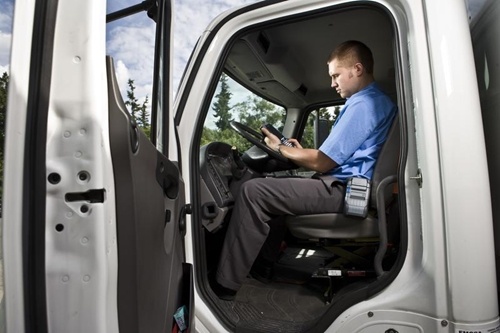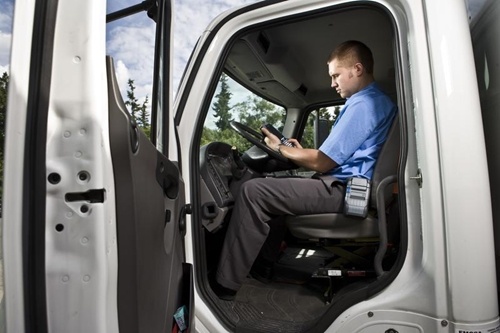
Smartphones and tablets are getting a great deal of attention as potential game-changers across a wide range of industries, and they’re even starting to push their way into the supply chain sector. A Logistics Management report pointed out that while some organizations are taking a conservative approach to mobile device adoption – regardless of whether they are considering consumer devices or specialized, ruggedized devices – most have become aware that mobile is the future. The pace of adoption is instead being driven by the state of existing technologies. Companies will move to mobile when their current solutions either reach the end of their service lives or are no longer getting the job done.
As mobile emerges as the future for the supply chain logistics management sector, organizations must begin figuring out how to best get relevant data out to field workers leveraging mobile devices. This may be a particularly complex process. A ZDNet report detailing a presentation at the Collaborate 2016 conference pointed out that cloud, big data, the Internet of Things and similar tools are all being recognized as critical in a wide range of sectors. However, many businesses are taking an intentionally slow approach to integrating these solutions into their core business for security, regulatory and technical reasons.
Companies are aware of how data can transform their operations, understand that mobile plays a key role in that process, but are hesitant to use untested methods to support their most critical processes. This is where finding ways to extend core ERP functionality out to end users on mobile devices is so essential.
The ERP Extension Problem
If you’ve been working in the supply chain for a while, you’ve also probably spent a great deal of time using entrenched, monolithic ERP systems to get the job done. This is great because a far-reaching ERP solution can gather and coordinate data across a wide array of business functions, but it comes with a drawback. Many longstanding, popular ERP options were built for a technological world in which workers accessed data from desktop PCs and similar terminals, not on the go. This led to extremely inflexible data workflows and architectures that make it incredibly difficult to get information out to mobile users.
At the same time, the idea of moving your most sensitive data beyond the walls of your secure systems can be overwhelming. Using dedicated tools to integrate your ERP data with cloud and mobile apps can resolve this problem by keeping the data stored within secure channels and delivering it out to end users in a safe, protected way that is regulated by controls within the data integration app.
Bridging the Past and the Future to Find Present Value
Automatically porting data out to diverse destinations isn’t a pipe dream that forces IT teams to sacrifice data security. Instead, leading supply chain management solutions are being built with the mobile user in mind. Technologies that intentionally take core ERP data and functions and integrate them with warehouse management systems and similar mobile solutions can empower the workforce to take advantage of what current technology has to offer while maintaining the stability of the past.
As the supply chain industry continues to evolve toward a more data- and mobile-focused future, finding ways to maximize the value of existing technology assets, such as powerful ERP systems, can pay immediate dividends while paving a path for sustained innovation.






